Best Thorny Shrubs For Home Security And Privacy
Title: Best Thorny Shrubs for Home Security and Privacy
Introduction:
Home security is an important concern for many people. There are a number of ways to improve your home security, including installing alarms, security cameras, and deadbolts. However, you can also add an extra layer of security by planting thorny shrubs around your property.
Thorny shrubs can deter potential intruders by making it difficult for them to climb over or through them. They can also provide a visual barrier, making it more difficult for criminals to see what is going on inside your home.
In this blog post, we will discuss some of the best thorny shrubs for home security and privacy. We will also provide tips on how to plant and care for these shrubs.
Main Content:
Here are some of the best thorny shrubs for home security and privacy:
- Barberry: Barberry is a deciduous shrub that is native to Europe and Asia. It has long, sharp thorns that can deter potential intruders. Barberry is also a relatively easy plant to care for and can grow in a variety of climates.
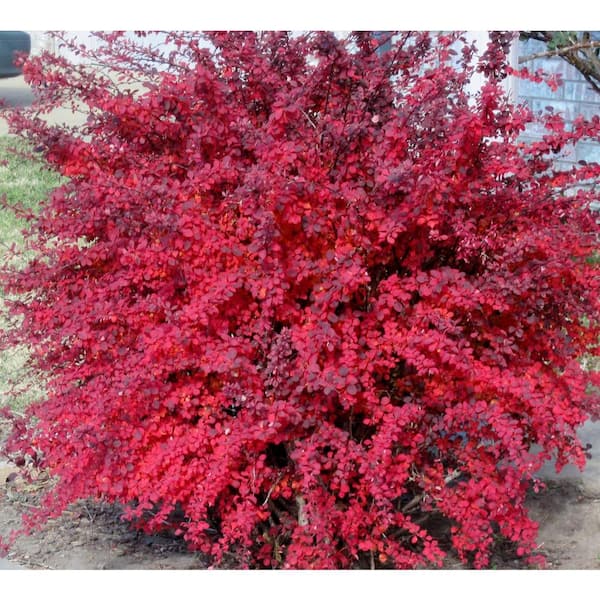
- Firethorn: Firethorn is a dense, evergreen shrub that is native to Europe and Asia. It has sharp thorns and produces orange or red berries in the fall. Firethorn is a fast-growing plant and can reach heights of 6 to 10 feet.
- Hawthorn: Hawthorn is a deciduous shrub or small tree that is native to Europe and Asia. It has sharp thorns and white flowers in the spring. Hawthorn is a hardy plant and can tolerate a variety of soils and climates.

- Blackberry: Blackberry is a thorny shrub that is native to North America. It produces blackberries in the summer. Blackberry is a fast-growing plant and can be difficult to control. However, it can be a good choice for areas where you need a tall, dense barrier.

- Bougainvillea: Bougainvillea is a tropical vine that is known for its colorful bracts. It has sharp thorns that can deter potential intruders. Bougainvillea is a fast-growing plant and can be trained to climb a fence or wall.
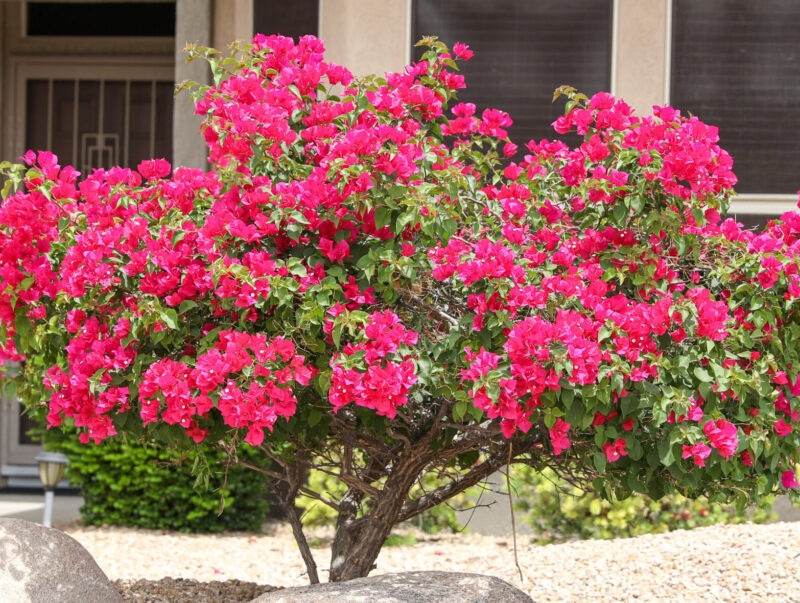
When choosing thorny shrubs for home security, it is important to consider the following factors:
- Size: The size of the shrub will determine how much space it takes up in your yard. If you have a small yard, you may want to choose a smaller shrub, such as barberry or hawthorn.
- Growth rate: Thorny shrubs can grow quickly, so it is important to choose a shrub that will not outgrow your yard.
- Hardiness: Thorny shrubs can vary in their hardiness. Make sure to choose a shrub that is hardy in your climate zone.
- Maintenance: Thorny shrubs require some maintenance, such as pruning and watering. Make sure you are willing to put in the time to care for the shrub.
Conclusion:
Thorny shrubs can be a valuable addition to your home security system. They can deter potential intruders and provide a visual barrier. When choosing thorny shrubs, it is important to consider the size, growth rate, hardiness, and maintenance requirements of the shrub.
With a little planning, you can add thorny shrubs to your yard that will help to keep your home safe and secure.
Are you looking for more information about thorny shrubs? If so, visit Home Gardening today! Our website has a wealth of information on thorny shrubs, including their types, uses, and care. We also have a blog where we share tips and advice on growing and using thorny shrubs.
Whether you're a gardening enthusiast or just someone who's interested in learning more about thorny shrubs, we encourage you to visit Home Gardening today. You won't be disappointed!
FAQ of thorny shrubs
- What are thorny shrubs?
Thorny shrubs are plants that have sharp, pointed spines or thorns on their stems, leaves, or flowers. These thorns can be used as a defense mechanism against predators or to deter animals from eating the plant.
- What are some examples of thorny shrubs?
Some common examples of thorny shrubs include:
* Barberry
* Blackthorn
* Buckthorn
* Hawthorn
* Rose
* Thistle
- Why are thorny shrubs important?
Thorny shrubs can play an important role in both the natural and human-made environment. In the wild, they can help to protect plants from being eaten by animals, and they can also provide shelter for wildlife. In human-made environments, thorny shrubs can be used as a security measure to deter trespassers, or they can be planted as ornamental shrubs to add beauty and interest to a landscape.
- How do I care for thorny shrubs?
Thorny shrubs are generally easy to care for. They prefer full sun and well-drained soil. Most thorny shrubs are drought-tolerant, but they will benefit from regular watering during the summer months. In the spring, you may want to fertilize your thorny shrubs with a balanced fertilizer.
- How do I avoid getting hurt by thorny shrubs?
When working with thorny shrubs, it is important to wear protective clothing, such as long sleeves, gloves, and pants. You should also be careful when trimming or pruning thorny shrubs, as the thorns can easily pierce the skin.
- Are there any poisonous thorny shrubs?
Yes, there are a few poisonous thorny shrubs. Some examples include:
* Oleander
* Foxglove
* Nightshade
If you are unsure whether a particular thorny shrub is poisonous, it is best to err on the side of caution and avoid contact with it.
Image of thorny shrubs
10 different images of thorny shrubs that are free to use:
- Barberry. Barberry is a deciduous shrub with sharp, straight thorns that grow in clusters. The leaves are oval-shaped and have serrated edges. Barberry can grow up to 6 feet tall and wide.

- Buttercup bush. Buttercup bush is a deciduous shrub with curved, yellow thorns. The leaves are oval-shaped and have smooth edges. Buttercup bush can grow up to 6 feet tall and wide.
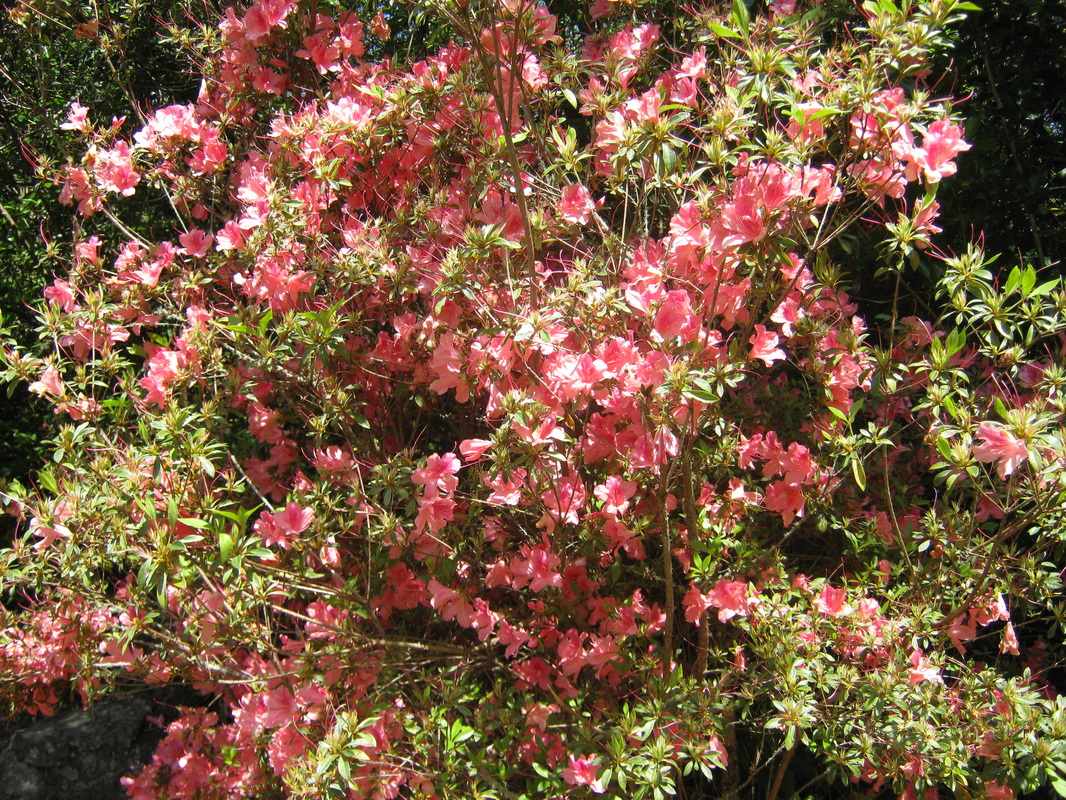
- Climbing rose. Climbing rose is a woody vine with sharp, curved thorns. The leaves are oval-shaped and have serrated edges. Climbing rose can grow up to 20 feet long.

- Desert rose. Desert rose is a succulent shrub with sharp, straight thorns. The leaves are fleshy and oval-shaped. Desert rose can grow up to 6 feet tall.
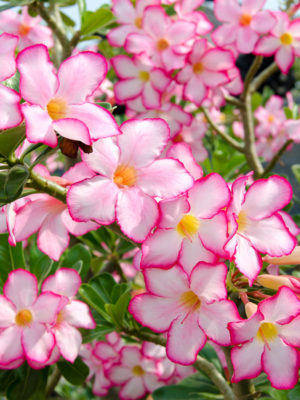
- Firethorn. Firethorn is a deciduous shrub with sharp, straight thorns. The leaves are oval-shaped and have serrated edges. Firethorn can grow up to 10 feet tall and wide.
- Holly. Holly is an evergreen shrub with sharp, straight thorns. The leaves are oval-shaped and have spiny edges. Holly can grow up to 30 feet tall.

- Jatropha. Jatropha is a succulent shrub with sharp, straight thorns. The leaves are oval-shaped and have smooth edges. Jatropha can grow up to 6 feet tall.

- Osage orange. Osage orange is a deciduous shrub with sharp, straight thorns. The leaves are oval-shaped and have serrated edges. Osage orange can grow up to 30 feet tall.

- Prickly pear. Prickly pear is a succulent shrub with sharp, straight spines. The leaves are oval-shaped and have fleshy edges. Prickly pear can grow up to 3 feet tall.
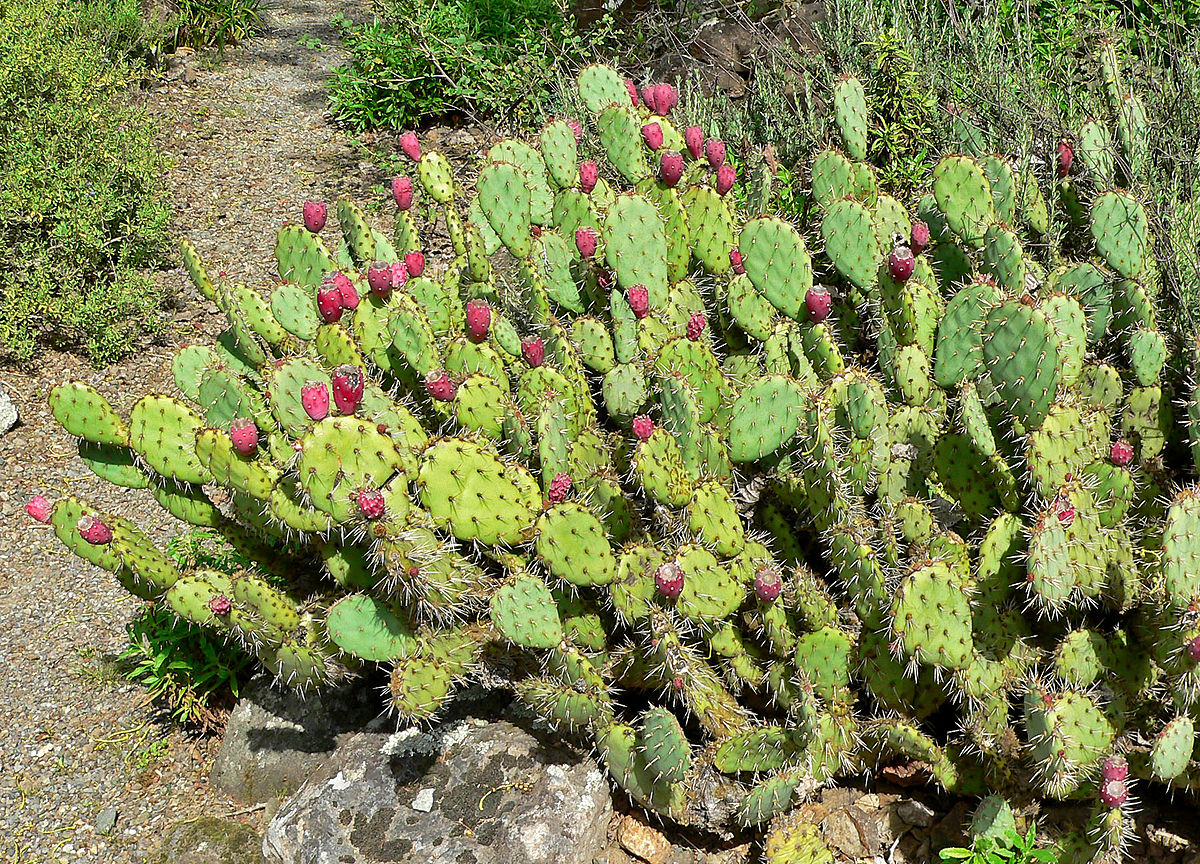
- Rose. Rose is a woody shrub with sharp, curved thorns. The leaves are oval-shaped and have serrated edges. Rose can grow up to 10 feet tall.
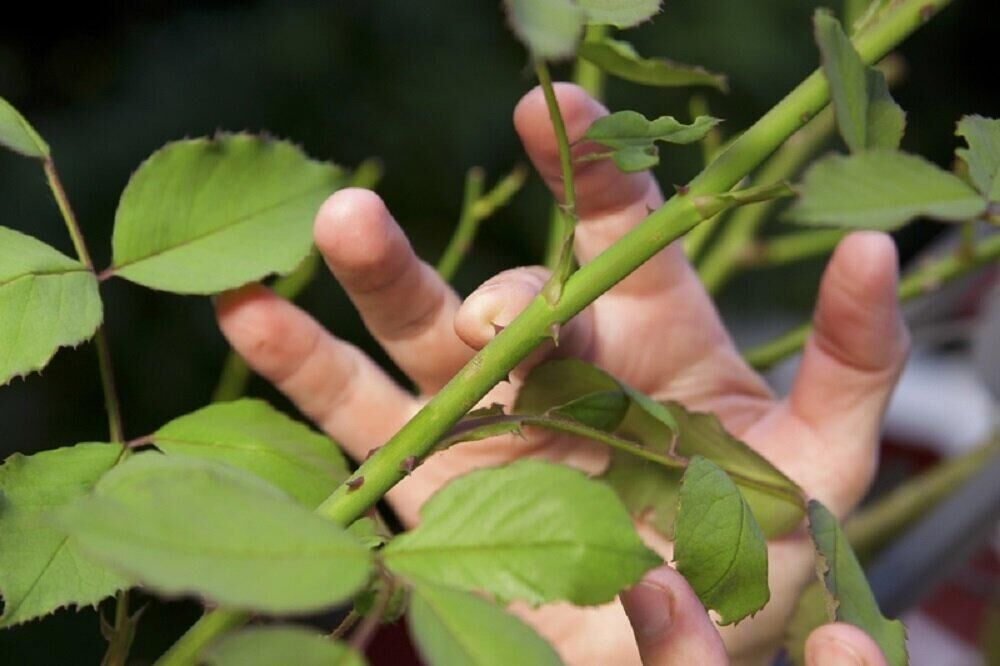
Post a Comment for " Best Thorny Shrubs For Home Security And Privacy"